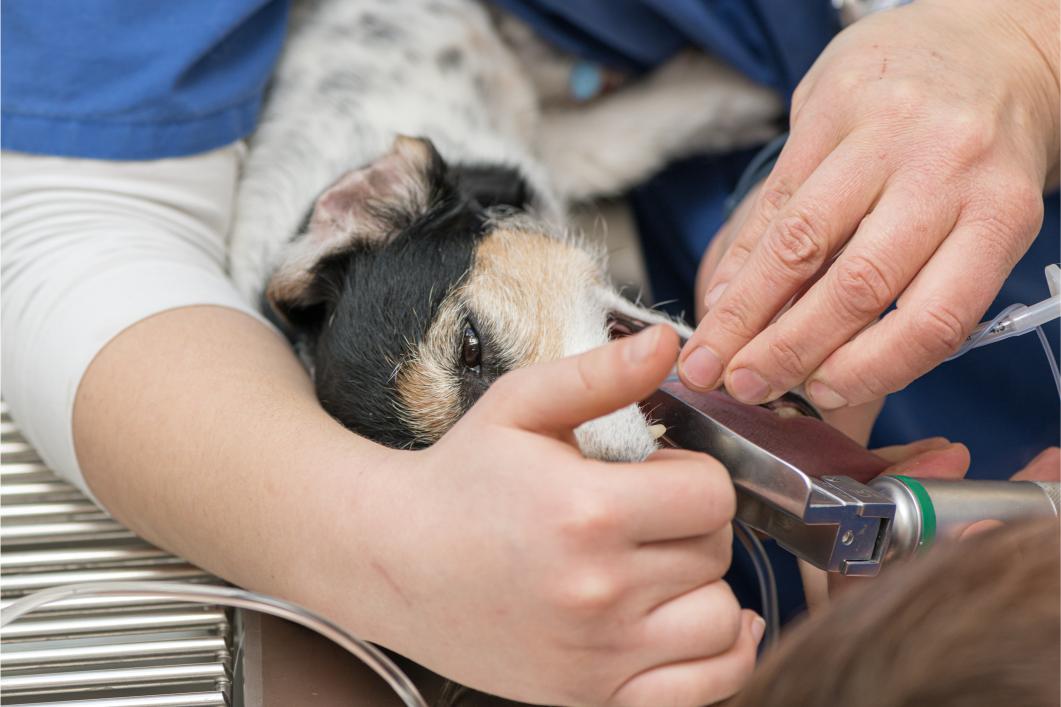Blog
The Future of Pet Surgery: Exploring the Advantages of Laparoscopic Procedures

Laparoscopic procedures provide a minimally-invasive approach to veterinary surgery that helps not only to reduce pain, but also speeds up a pet’s recovery time. Laparoscopic surgery for cats and dogs has become the fastest, most efficient and reliable surgery available, and with the goal of preventing suffering, it’s a compassionate choice.
A Look at Laparoscopy
This technique allows veterinarians to perform surgical procedures without large, hard-to-heal incisions. Small incisions are made to create openings for a camera and specialized instruments to fit through. A magnified look into the body helps with accuracy and safety. To help see the internal organs and surrounding structures, CO2 gas is pumped into the abdomen and images are taken and sent to a nearby screen. Without ever fully entering the pet’s body, we can complete a variety of surgical procedures
Laparoscopic Spay and Neuter
The current go-to for spays and neuters, laparoscopic surgery helps male and female pets feel normal in a shorter period of time. With small incisions, veterinarians can effectively remove the uterus and ovaries (spay) and the testicles (neuter). With less physical trauma to heal from, pets:
- Feel less pain
- Bleed less
- Have a shorter time in the operating room
- Recover faster
- Develop less scar tissue
Other Applications
A common condition treated by laparoscopic surgery is the Gastropexy. As a way to prevent Gastric Dilatation Volvulus (GDV), the laparoscopy attaches the stomach to the abdominal wall so it no longer twists upon itself. This, in turn, prevents life-threatening problems, increasing the importance and advantages of laparoscopic surgery.
Laparoscopic surgery can also be relied on for other, more complex conditions including the removal of the gallbladder, bladder stones, or adrenal glands, tumors or cysts, and biopsies. Importantly, laparoscopic surgery can be relied on to help diagnose unexplained symptoms in the abdominal cavity.
Minimally-Invasive Surgery
Despite the ease and precision of laparoscopic surgery, there are certain considerations worth mentioning. For starters, general anesthesia is required, and some pets may not be a good candidate. We go through diagnostic testing to gauge how they might weather the anesthesia, surgery, and recovery time.
Recovery times vary, but generally pets are able to go home the same day. Rest is critical in the first several days and limited activity levels are required for specified times determined by your veterinarian.
If you have any questions about our approach to laparoscopic surgery, please give us a call at (407) 831‑5205. Our doctors are always here to help you at South Seminole Animal Hospital.
